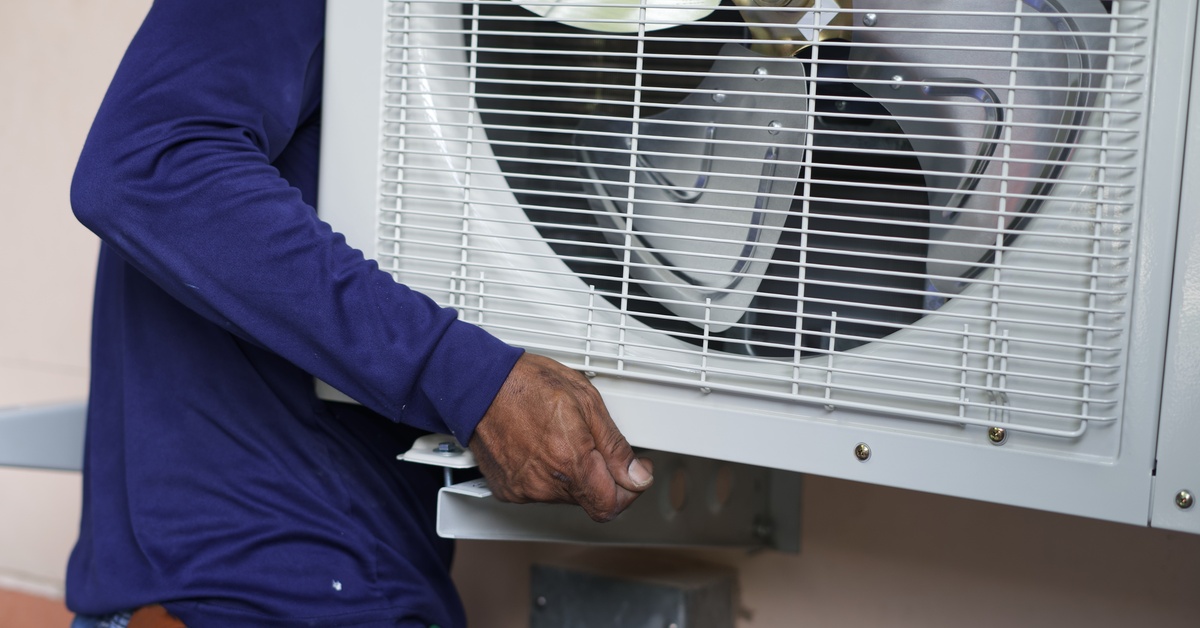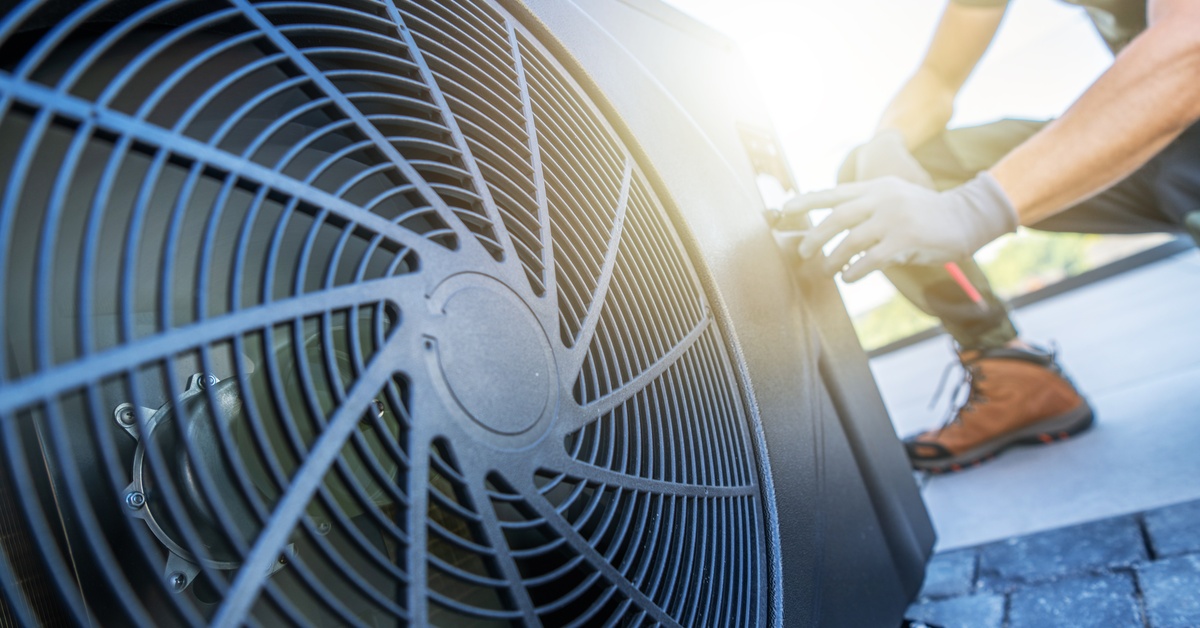HVAC systems are the hearts of many homes, providing heating and cooling for the residents. When it’s time to replace or install a new HVAC unit, homeowners face a choice. Do they use a crane rental or traditional methods for lifting the HVAC unit into place? Follow this guide to determine the best option for your project.
Why Installing HVAC Systems Is No Small Task
HVAC units are not only heavy but also bulky and delicate. Whether it’s an air conditioning condenser or a rooftop unit, moving them from the ground to their final location requires precision and care. This task is typically performed using physical labor, pulleys, or other basic machinery to maneuver the HVAC unit into the proper position. Cranes minimize manual labor during installation. But is renting a crane always the best choice for homeowners?
Traditional Lifting Methods
Traditional lifting methods for installing or replacing HVAC systems often rely on teams of workers using ropes, pulleys, and hoists. These methods require sheer strength and coordination. They may also involve basic machinery, such as forklifts or small manual winches.
Pros of Traditional Methods
Traditional lifting is more cost-effective for quick, straightforward projects. For example, this method works well for single-story homes with easy access to the space. Maneuvering the HVAC unit in these cases requires fewer resources, so manual lifting is more budget-friendly.
Flexibility is another benefit of traditional methods. There’s no need to schedule large equipment or deal with complex logistics. Teams can work around your schedule without specialized operators or excessive planning.
Cranes sometimes require permits or street closures to operate in certain areas. Traditional lifting doesn’t need the same level of planning or impact the neighbors.
Cons of Traditional Methods
Manual labor comes with risks that are not associated with cranes. Since multiple people are assisting with the project, miscommunications or improper lifting techniques can lead to injuries or damage to your HVAC unit.
Traditional lifting is labor-intensive, often requiring significantly more time to execute than a crane’s efficient lift. The bulky size of HVAC units makes them difficult to move with only manual tools, so if the unit must be installed precisely, it may take longer to complete the job.

Crane Rentals
Crane rental services enable homeowners to access specialized lifting equipment, such as mobile cranes or smaller mini-cranes, without owning or operating the machinery themselves. The service typically includes a certified operator who manages the lifting process and visits the site before installation day to identify and plan for any potential obstacles.
Pros of Crane Rentals
Professionals operate cranes and minimize the risks associated with handling heavy materials. The crane operator must be a licensed professional, which means they have received training on safety standards.
Manual lifting can be a time-consuming task if not planned well, but cranes can complete the job in minutes. This significantly shortens the overall project timeline. For large, multi-unit HVAC installations, efficiency is a key advantage of using cranes.
Cranes also simplify accessing challenging spaces. Steep rooftops or awkward angles are hard to navigate with physical labor and tools, but cranes can lift heavy components with ease.
Cons of Crane Rentals
Efficiency is a significant benefit of crane rentals, but it also comes with downsides. While cranes are cost-effective for larger installations, smaller ones might not benefit financially.
Larger crane jobs may require permits, especially in suburban neighborhoods where streets could be impacted. Planning is essential for crane use, as the machines might not be available for a last-minute project or on particular days.
When To Choose Traditional Methods
Smaller HVAC units are easier to install with traditional methods. For example, window units and split systems can be installed without cranes. They require physical labor but can be lifted with regular tools without the need for heavy machinery.
Single-story homes without steep roofs or fences are ideal candidates for manual lifting. Homes with clear pathways and no restricted access points also make traditional installation methods a reliable and safe option.
Homeowners with limited budgets can save money using traditional methods rather than hiring cranes. If you’re unsure of what will work best, discuss your options with a professional HVAC installation service to determine the best approach.

When To Choose Crane Rentals
If you’re installing a central air unit or a large rooftop system, a crane is the safest and most efficient option for the job. Attempting to install large HVAC systems without a crane can cause physical injuries to the personnel moving the unit or delay installation due to the lengthy moving time.
Emergency installations and replacements may be needed to restore heating and cooling to the building. Crane rentals allow contractors and homeowners to expedite necessary repairs or installations without compromise, ensuring their homes are safe, functional, and back to normal as quickly as possible.
Multistory homes, tight spaces, or areas with poor access points often necessitate the use of cranes to avoid unnecessary risks. Cranes can reach places that ladders and scaffolding cannot access, keeping workers from transporting the HVAC unit upward and reducing the risk of injury.
Safety First
Regardless of whether you choose crane rentals or traditional methods, safety should be your top priority. Discuss which installation method would work best for your property, and ensure the safety of everyone involved.
Verify that cranes are operated only by certified professionals with a thorough understanding of load capacities, weather considerations, and site-specific challenges. Proper communication among all on-site team members is crucial for preventing accidents, and everyone involved in the movement of an HVAC unit should wear safety gear.
Always hire professionals with experience in HVAC installations, and ensure they follow proper protocols. Poor lifting practices or shortcuts can jeopardize both your property and the safety of the people working on your project.
Trusted Solutions for Your HVAC Installation
Choosing between crane rentals and traditional lifting methods for your HVAC unit ultimately depends on your home and the type of HVAC system you have. Both approaches have their merits, but for larger and more complex projects, crane rentals offer unmatched safety and efficiency.
If you want experienced crane and rigging services for your HVAC installation, come to Heave Ho! Crane and Rigging. Our experts can help you understand the requirements of the installation process and make the right decision to keep your property safe.

